
For many New Zealanders, the dream of breast augmentation is often met with the stark reality of its high cost, with procedures at home frequently running between $12,000 and $20,000 NZD. This significant financial barrier has led many Kiwis to explore medical tourism, and Thailand has firmly established itself as a world-leading destination for high-quality, affordable cosmetic surgery.
But the lower price tag naturally brings critical questions: Is it safe? Are the surgeons as qualified as those in New Zealand? What are the standards of the hospitals?
The idea of traveling for a major surgical procedure can be intimidating, mixing the excitement of a transformative change with the anxiety of the unknown. The truth is, when planned correctly, breast augmentation in Thailand is not only safe but can offer an experience that rivals or even surpasses Western standards, all at a fraction of the cost.
This comprehensive guide is written to address every concern you have. We will break down the safety protocols, surgeon qualifications, hospital accreditations, and the end-to-end process for New Zealanders, so you can make an informed and confident decision.
Key Takeaways
-
Thailand's top plastic surgeons are often internationally board-certified and operate in JCI-accredited hospitals, ensuring safety and quality standards that are comparable to, or even exceed, those in New Zealand.
-
New Zealanders can save approximately 40% to 60% on breast augmentation in Thailand. This significant cost difference remains even after factoring in flights, travel insurance, and accommodation.
-
The all-inclusive cost of breast augmentation in Thailand typically ranges from $4,500 to $8,500 NZD.
-
In contrast, the same breast augmentation procedure in New Zealand generally costs between $12,000 and $20,000 NZD.
Why Do New Zealanders Choose Thailand for Breast Augmentation?
New Zealanders are increasingly choosing Thailand for breast augmentation due to a powerful combination of significant cost savings, access to world-class plastic surgeons, and state-of-the-art medical facilities that rival the best in the West.
The primary driver is undeniably the cost-effective treatment. Kiwis can save thousands of dollars, making a procedure that might be financially out of reach at home an affordable reality. However, this isn't about cutting corners. Thailand is a global medical tourism hub for a reason.
Top-tier Thai hospitals invest heavily in advanced technology and patient comfort, creating an environment that feels more like a luxury hotel than a clinic. Furthermore, Thai plastic surgeons are renowned for their high volume of procedures—performing thousands of breast augmentations annually—which translates to a deep level of experience and refined skill, particularly in augmentation mammaplasty.
Did You Know?
According to the International Society of Aesthetic Plastic Surgery (ISAPS), Thailand is a global leader in cosmetic procedures, performing over 15,300 breast augmentation surgeries in a single recent year. This high volume gives its top surgeons an exceptional level of experience.
Understanding the Safety Standards of Plastic Surgery in Thailand
The safety of your procedure in Thailand hinges on two critical factors: the qualifications of your surgeon and the accreditation of the hospital. When these standards are met, the level of safety is exceptionally high.
For any New Zealander considering surgery abroad, safety is the number one concern. The key is to avoid the "back-alley" clinics and focus on the country's premium medical infrastructure.
Surgeon Qualifications: Are Thai Surgeons Board-Certified?
Yes, the best Thai surgeons are board-certified, often holding international memberships with organizations like ISAPS. They undergo rigorous training, often completing over 16 years of post-high school education and specialized surgical training.
A "cosmetic surgeon" is not the same as a board-certified plastic surgeon. In Thailand, you should verify that your surgeon is certified by the Thai Medical Council and is a member of the Society of Aesthetic Plastic Surgeons of Thailand (THPRS).
Many of the top surgeons catering to international patients have also completed fellowships in the US, UK, or Australia and are members of international bodies like the International Society of Aesthetic Plastic Surgery (ISAPS). This ensures their techniques and safety protocols are aligned with global best practices. Always ask for your surgeon's credentials; a reputable doctor will be proud to share them.
Hospital and Clinic Accreditation (JCI)
To ensure your safety, exclusively choose a hospital or clinic that is JCI-accredited. This is the global gold standard for hospital safety, quality, and patient care, ensuring the facility meets the same rigorous standards as top hospitals in New Zealand.
The Joint Commission International (JCI) is a U.S.-based organization that accredits medical facilities worldwide. Achieving JCI accreditation is a difficult and expensive process, signifying a hospital's absolute commitment to excellence.
Thailand has over 60 JCI-accredited hospitals, more than almost any other country in the region. When you choose a JCI-accredited facility, you are ensuring that everything from the surgical equipment to the infection control protocols and nursing staff qualifications is on par with Western standards.
Breast Augmentation in Thailand: Cost vs. New Zealand
The most significant draw for Kiwis is the cost. A complete breast augmentation package in Thailand costs approximately $4,500 - $8,500 NZD, whereas the identical procedure in New Zealand can easily range from $12,000 to $20,000 NZD.
This price difference is not due to lower quality. It's a direct result of Thailand's lower cost of living, lower overhead and operational costs, and the high volume of procedures performed. You are receiving the same (or better) quality implants, a surgeon with equal (or more) experience, and a hospital room that is often more luxurious, all for a fraction of the price.
Detailed Cost Comparison Table
Here is an estimated breakdown of breast augmentation costs across popular medical tourism destinations, compared to the average cost in New Zealand.
| Country | Average Cost (NZD) | Notes |
| New Zealand | $12,000 - $20,000+ | Includes surgeon, anesthesia, and facility fees. |
| Thailand | $4,500 - $8,500 | All-inclusive packages often include accommodation. |
| Turkey | $5,000 - $9,000 | Popular for European patients; longer travel from NZ. |
| Mexico | $5,500 - $10,000 | Popular for US patients; very long travel from NZ. |
Note: Prices are estimates and can vary based on the surgeon's experience, implant type (e.g., Motiva implants vs. Mentor), and the specific hospital.
What's Included in a Thai Breast Augmentation Package?
Most Thai plastic surgery packages are all-inclusive, providing transparency and peace of mind. They typically cover the surgeon's fee, silicone gel implants, anesthesia, the hospital stay, and post-operative support.
While packages vary, a comprehensive one will almost always include:
-
Board-certified plastic surgeon's fee
-
Anesthesiologist's fee
-
Premium breast implants (e.g., Mentor or Motiva)
-
1-2 night stay in a private hospital room
-
All pre-operative consultations and medical tests
-
All post-operative follow-up appointments
-
Initial post-op medications and surgical garments
-
Airport-hotel-hospital transfers
-
Dedicated English-speaking patient coordinator
Flights and your extended hotel stay for recovery are typically not included, but many medical tourism facilitators, like PlacidWay, can bundle these for you.
The Procedure Itself: What to Expect in Thailand
The augmentation mammaplasty procedure in Thailand follows the same high medical standards as in New Zealand. It involves a detailed pre-op consultation, selection of world-class implants, and advanced surgical techniques performed under general anesthesia.
Types of Breast Implants Available
Patients in Thailand have access to the same high-quality, internationally-approved implants as in New Zealand, including silicone gel implants (like Motiva or Mentor) and saline implants.
Your surgeon will help you choose the best implant for your body and goals.
-
Silicone Implants: The most popular choice. They feel more like natural breast tissue. Modern "gummy bear" (cohesive gel) implants are extremely safe and hold their shape.
-
Saline Implants: Filled with sterile salt water. The shell is placed first and then filled, sometimes allowing for a smaller incision.
-
Implant Shape: You can choose between round implants (for more upper-pole fullness) or teardrop implants (for a more natural, sloped contour).
The Consultation Process
Your consultation is the most important step. It often begins with a virtual call from New Zealand and continues with an in-depth, in-person meeting where your surgeon will use 3D imaging to plan your results.
First, you will likely share photos and have a video consultation with the surgeon or a coordinator. Once you arrive in Thailand, you'll have a formal, in-person consultation.
During this meeting, your surgeon will:
-
Discuss your aesthetic goals.
-
Take precise measurements of your chest.
-
Have you try on different implant "sizers" to determine your ideal implant size.
-
Use 3D imaging software (in many modern clinics) to simulate your "after" results.
-
Decide on the implant placement (submuscular/under the muscle or subglandular/over the muscle) and incision location (inframammary/under the breast, peri-areolar/around the nipple, or transaxillary/in the armpit).
Navigating Risks and Ensuring Post-Operative Safety
While modern breast augmentation is very safe, all surgery carries risks like infection or capsular contracture. Choosing an accredited facility and meticulously following all post-operative care instructions is the key to mitigating these risks.
Common Risks and Complications
Potential complications include infection, bleeding, capsular contracture (hardening of the scar tissue around the implant), implant rupture, or dissatisfaction with the aesthetic result. These are rare when using a skilled, board-certified surgeon.
Transparency about risks is a sign of a good surgeon. The risks of surgery in Thailand are the same as in New Zealand. Studies from major medical tourism centers show that complication rates for procedures like breast augmentation are extremely low, with some studies citing rates as low as 1-2%, which is favorable compared to Western benchmarks.
One risk specific to medical tourism is flying too soon after surgery, which can increase the risk of Deep Vein Thrombosis (DVT). This is why following your surgeon's "fit to fly" instructions is not negotiable.
The Importance of Aftercare and Follow-Up
Your recovery period in Thailand is crucial. Reputable clinics provide comprehensive aftercare, including multiple follow-up appointments and clear instructions for your return to New Zealand.
You will typically stay 1-2 nights in the hospital for monitoring. After discharge, you will recover in your hotel. Your clinic will schedule follow-up appointments to check your incisions, remove drains (if used), and provide your surgical bra.
It's vital to have a support system for your return to New Zealand. You will need to arrange for a GP or specialist at home to monitor your long-term progress, though your Thai surgeon will remain available for virtual follow-ups.
Planning Your Medical Trip from New Zealand
Kiwis planning their trip should budget for a 10-14 day stay in Thailand. It is also essential to secure comprehensive medical travel insurance and arrange for a comfortable, supportive recovery hotel.
How Long to Stay in Thailand
Surgeons universally require you to stay in Thailand for at least 10 to 14 days post-surgery. This minimum period allows for safe recovery, key follow-up appointments, and ensures you are fit to fly home.
Here is a typical timeline:
-
Day 1-2: Arrive in Bangkok (BKK) or Phuket (HKT), settle into your hotel, and have your in-person consultation.
-
Day 3: Pre-op tests and surgery.
-
Day 4-5: Recovery in the hospital.
-
Day 5-12: Recovery in your hotel. You will be mobile but taking it easy. You'll have 1-2 follow-up checks at the clinic.
-
Day 13-14: Final check-up with your surgeon, who will give you the "all-clear" to fly home.
Expert Insight
"Patient safety is our highest priority. We insist on a 10-day minimum stay post-op for breast augmentation. This allows us to monitor the crucial initial healing phase and personally clear the patient for their long-haul flight to New Zealand. Rushing home is the biggest mistake a patient can make." — Leading Bangkok Plastic Surgeon
Travel and Accommodation Logistics
Most patients fly into Bangkok (BKK) or Phuket (HKT) and choose accommodation close to their hospital. Many clinics partner with nearby hotels or service apartments that are experienced in hosting post-operative patients.
Look for "medical hotels" or service apartments with a kitchenette, as you'll appreciate the convenience. Pack loose, front-buttoning tops, as you won't be able to lift your arms over your head for the first week.
How to Choose the Right Clinic and Surgeon in Thailand
To guarantee your safety, New Zealanders must do their due diligence. This means verifying a surgeon's board certification, reading unfiltered patient reviews, confirming JCI accreditation, and assessing the clinic's experience with international patients.
Use this checklist to vet your options:
-
Check Credentials: Is the surgeon a genuine board-certified plastic surgeon? (Check THPRS and ISAPS).
-
Confirm Accreditation: Is the hospital JCI-accredited? This is non-negotiable.
-
Read Reviews: Look for reviews and testimonials from other New Zealand or Australian patients. (Patient stories, like those on PlacidWay, can be invaluable).
-
See Photos: Ask for a portfolio of before and after photos of patients with a similar body type to yours.
-
Assess Communication: Does the clinic staff speak fluent English? Do you feel comfortable and heard by the surgeon?
-
Ask About Complications: A good surgeon will be transparent about risks and have a clear protocol for managing them.
Frequently Asked Questions (FAQs)
Here are answers to the most common questions New Zealanders ask about getting breast augmentation in Thailand.
Why are boob jobs in Thailand so much cheaper?
It is significantly cheaper due to the lower cost of living, which affects everything from surgeons' salaries to hospital overhead and administrative costs. It is not a reflection of lower quality, provided you choose an accredited hospital and a board-certified surgeon.
How long do I need to stay in Thailand after surgery?
You must plan to stay in Thailand for a minimum of 10 to 14 days after your breast augmentation. This allows for essential post-operative check-ups and ensures you are fully cleared by your surgeon before your long-haul flight back to New Zealand.
What happens if I have complications back in New Zealand?
This is the most important risk to plan for. First, comprehensive medical travel insurance is essential. Reputable surgeons will have a follow-up protocol and can consult with your local GP via video call. In rare cases of serious complications, you may need to see a plastic surgeon in New Zealand, which would be an out-of-pocket expense if not covered by your specific insurance.
What qualifications should a Thai plastic surgeon have?
Look for a surgeon who is board-certified by the Thai Society of Plastic and Reconstructive Surgeons (THPRS) or the Thai Society of Aesthetic Plastic Surgery (THPRS). International membership, such as with ISAPS, is an additional sign of high qualifications.
What is the most common breast implant size?
This is highly personal, but many surgeons report that sizes between 300cc and 500cc are the most frequently requested. The right size for you will depend on your frame, existing breast tissue, and aesthetic goals.
Can I drive after my breast augmentation?
No, you will not be able to drive for at least one to two weeks after your surgery. You will be on pain medication and will have limited arm mobility. This is why all-inclusive packages with transfers are so beneficial.
Your Journey to Confidence Starts Here
Navigating the world of medical tourism alone can be overwhelming. You need a trusted partner to ensure you connect with only the most reputable, pre-screened, and JCI-accredited hospitals and board-certified surgeons in Thailand.
PlacidWay takes the guesswork and risk out of your journey. We are dedicated to patient safety and have years of experience connecting New Zealanders with Thailand's most elite plastic surgery clinics. We help you compare verified packages, arrange consultations, and provide end-to-end support, so you can focus on what matters: your health, safety, and exciting results.
Don't Leave Your Safety to Chance.
Contact PlacidWay today for a free, no-obligation quote from a top-rated breast augmentation specialist in Thailand.

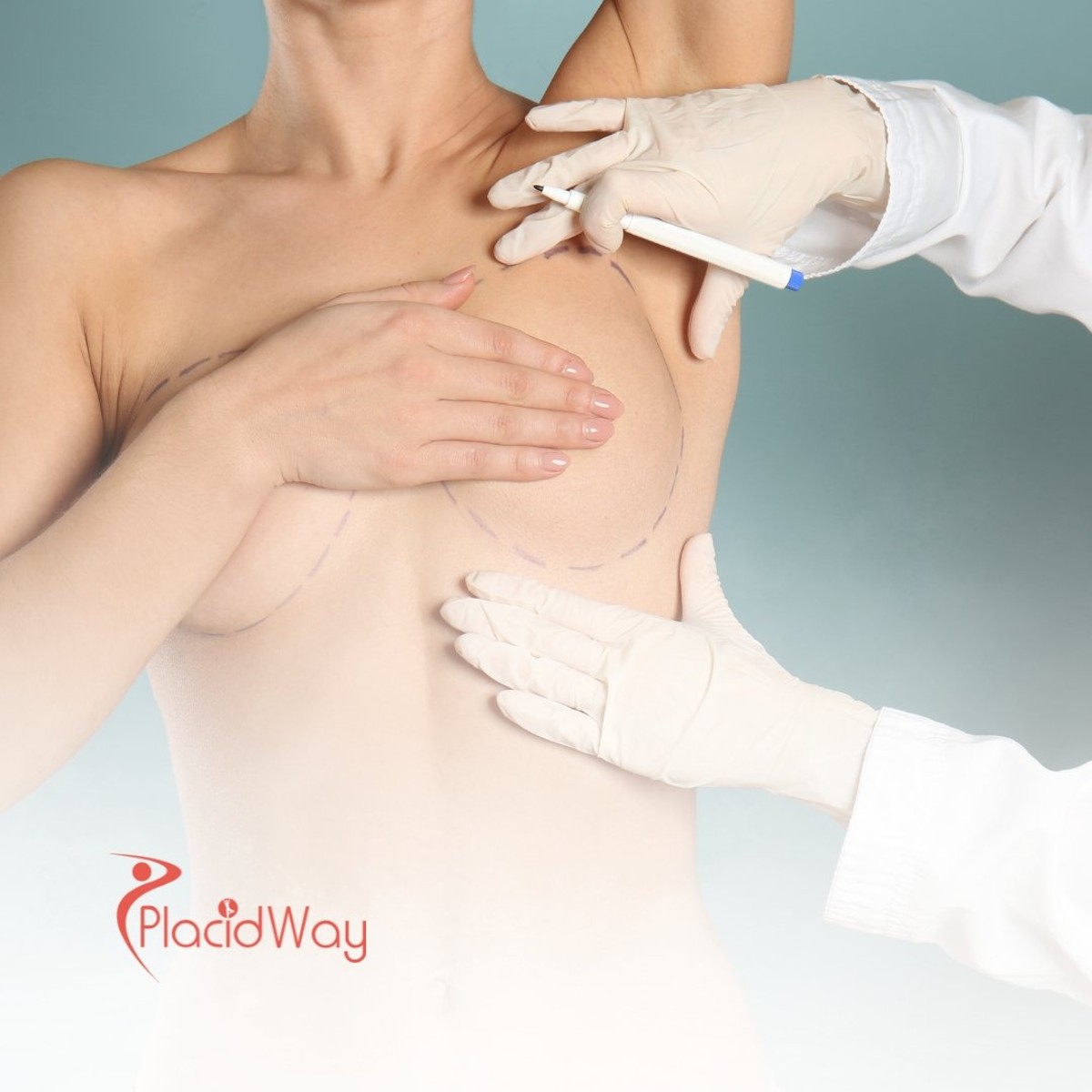
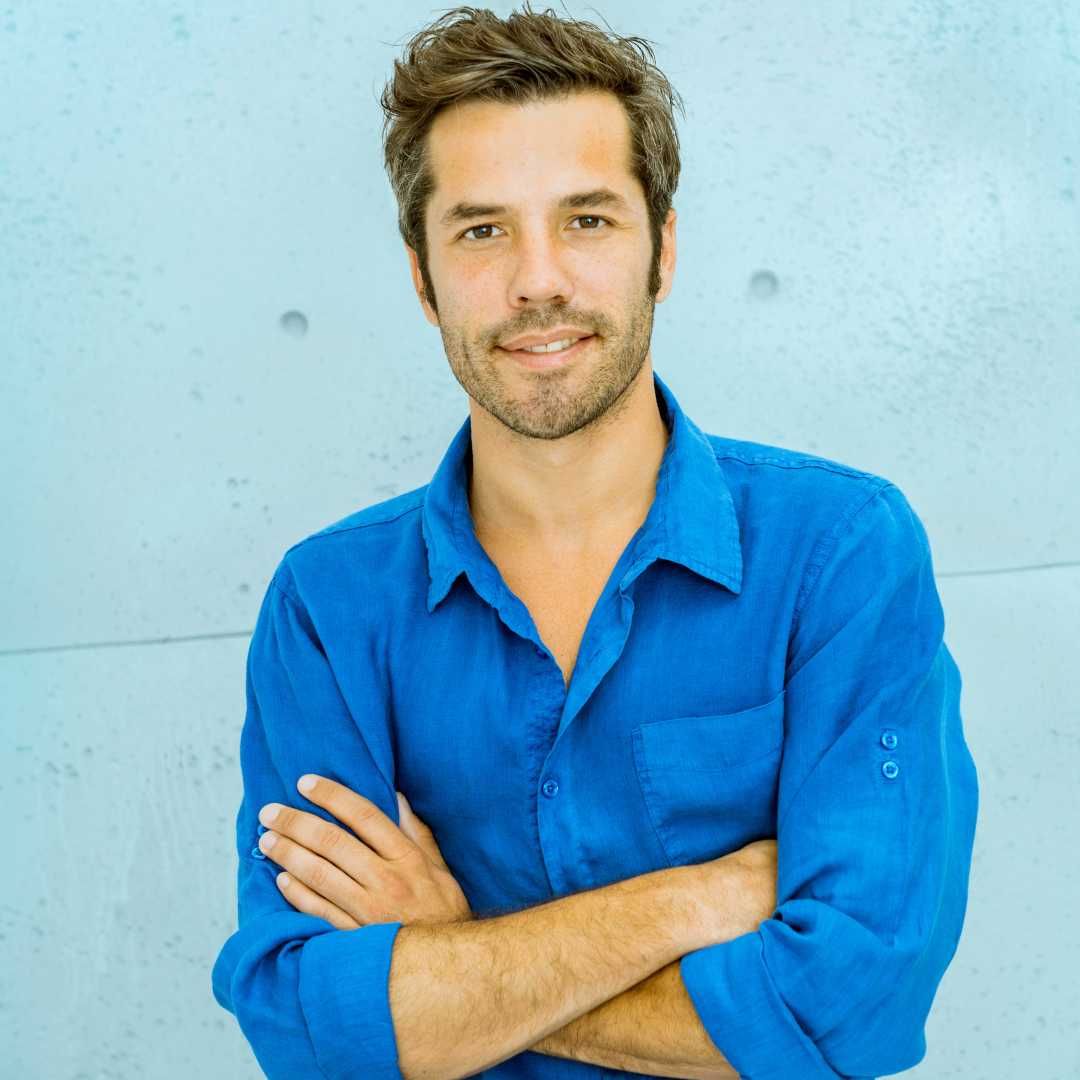
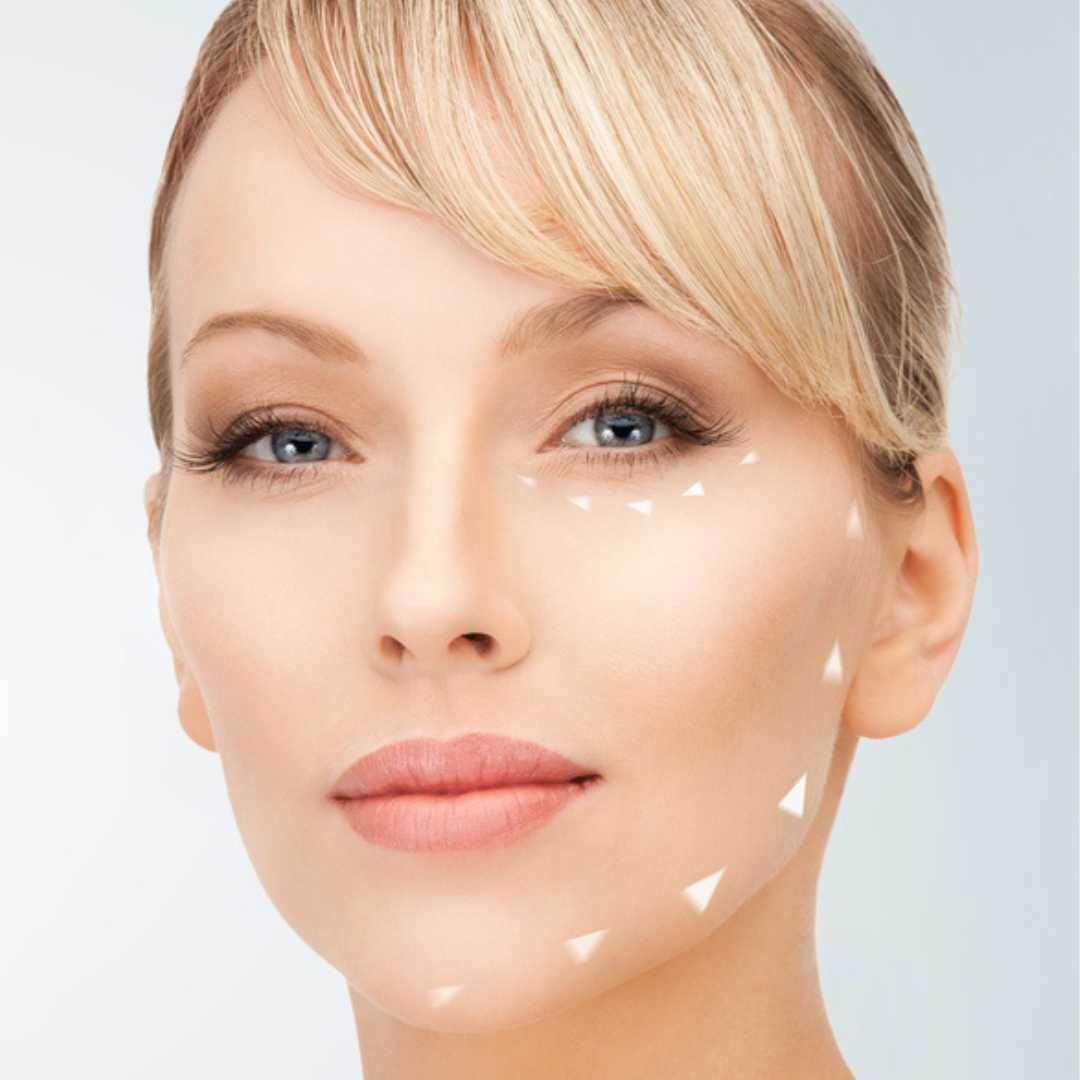
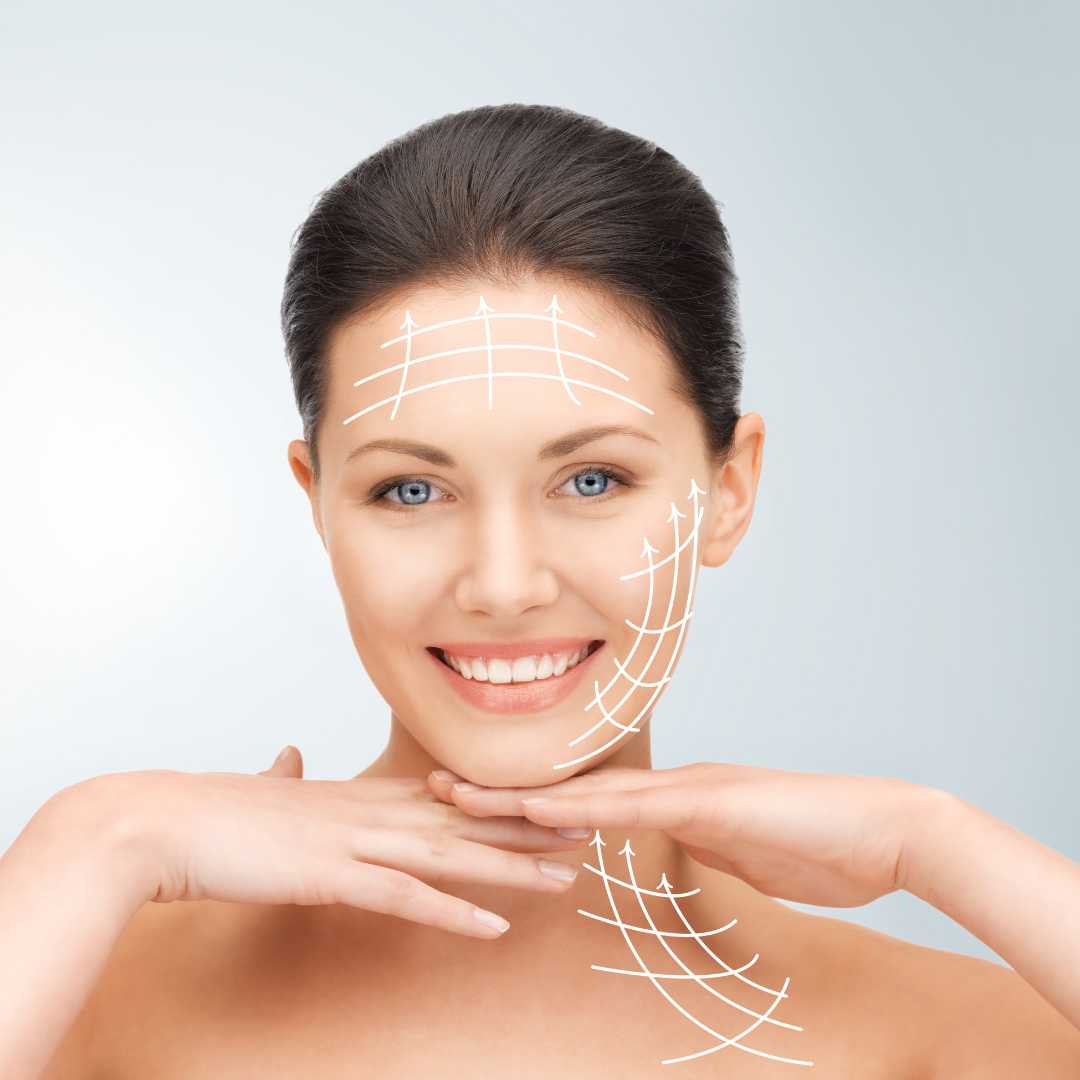



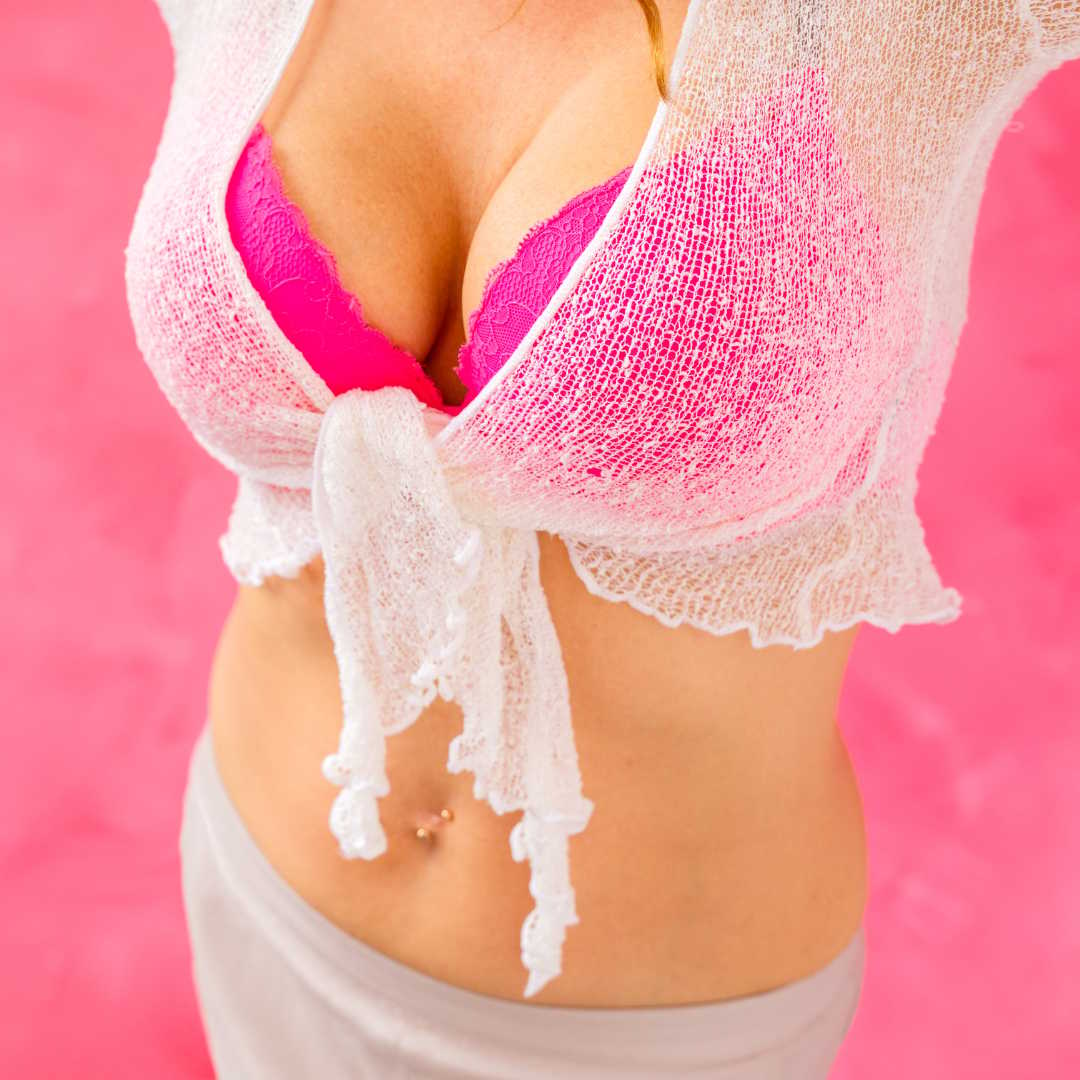
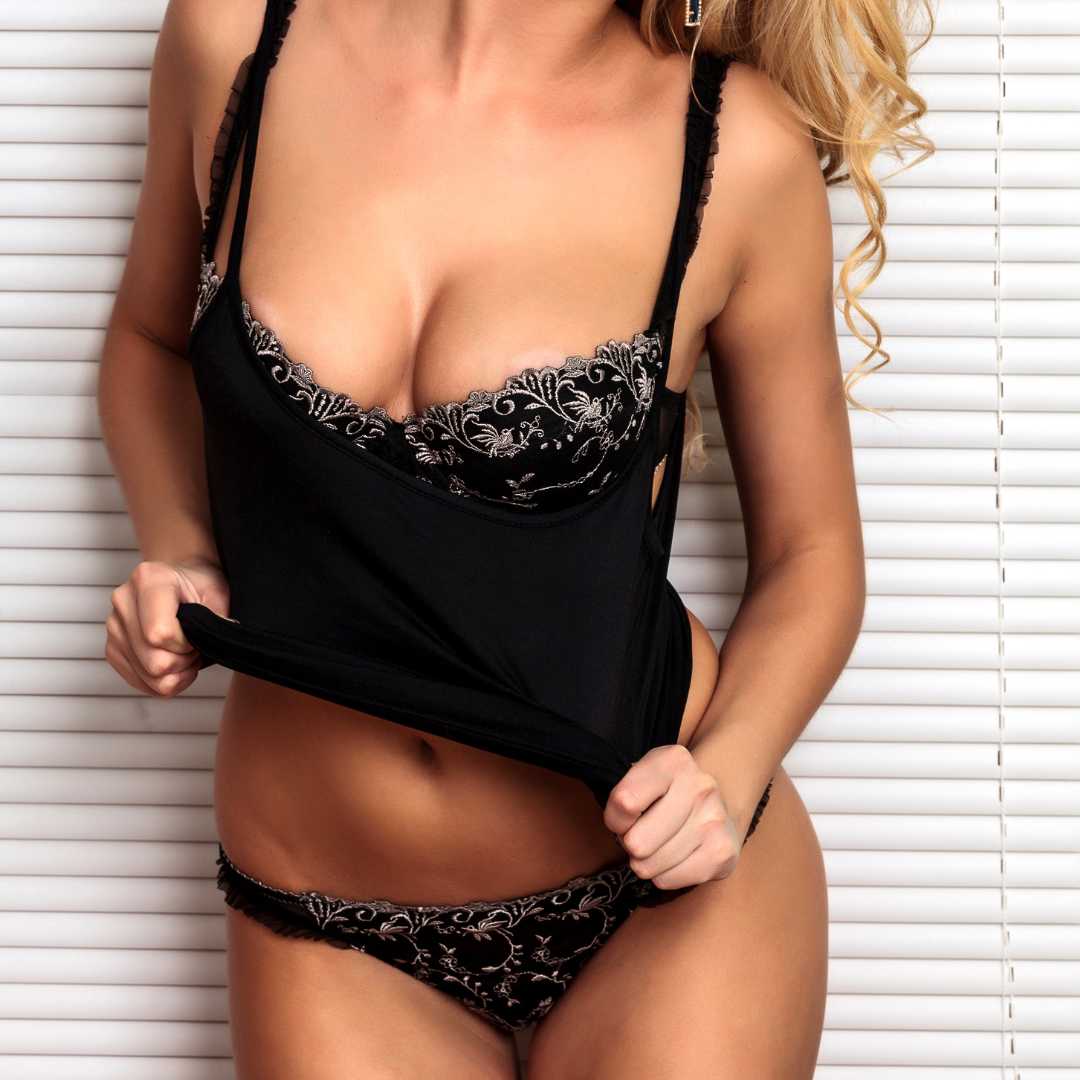
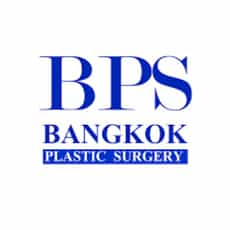
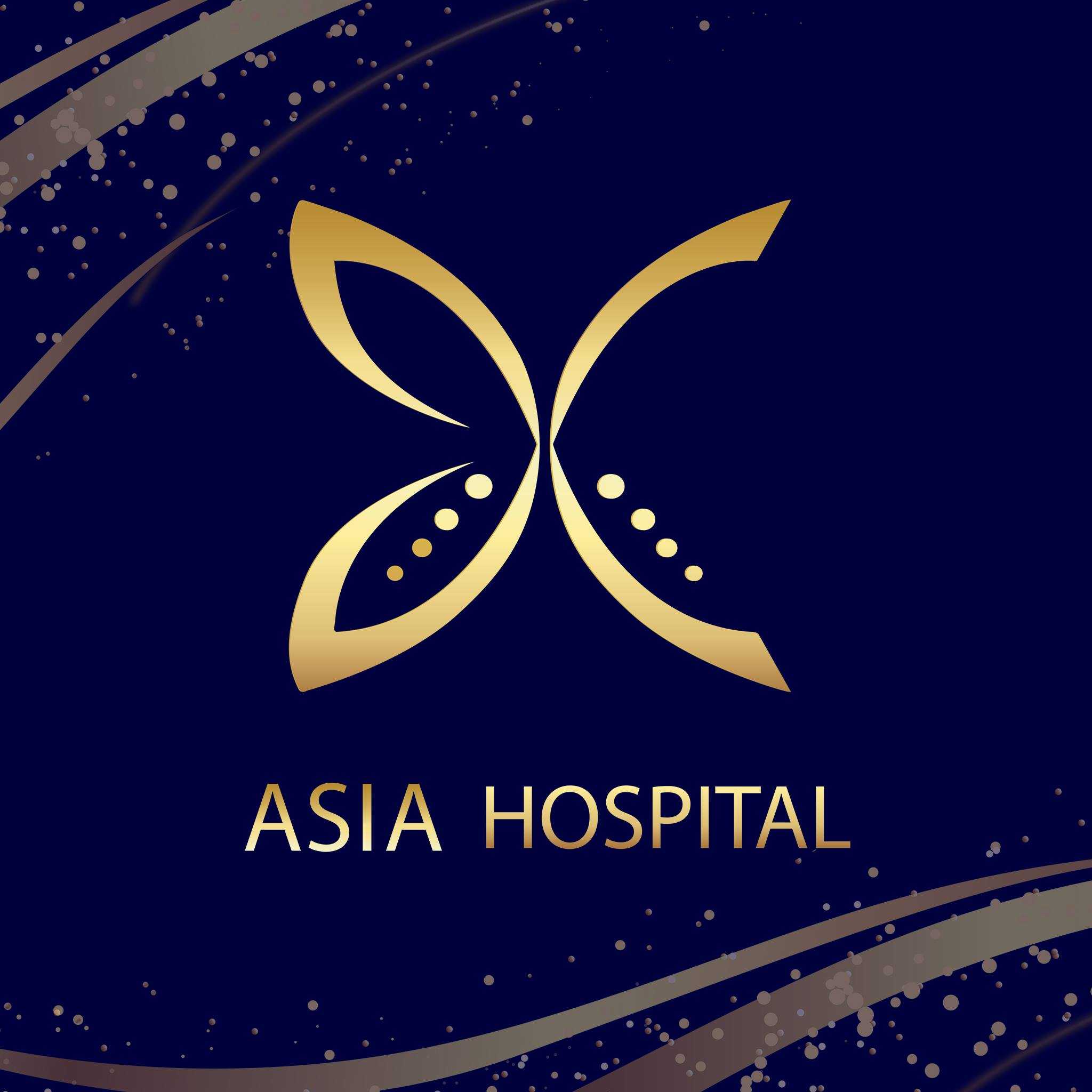
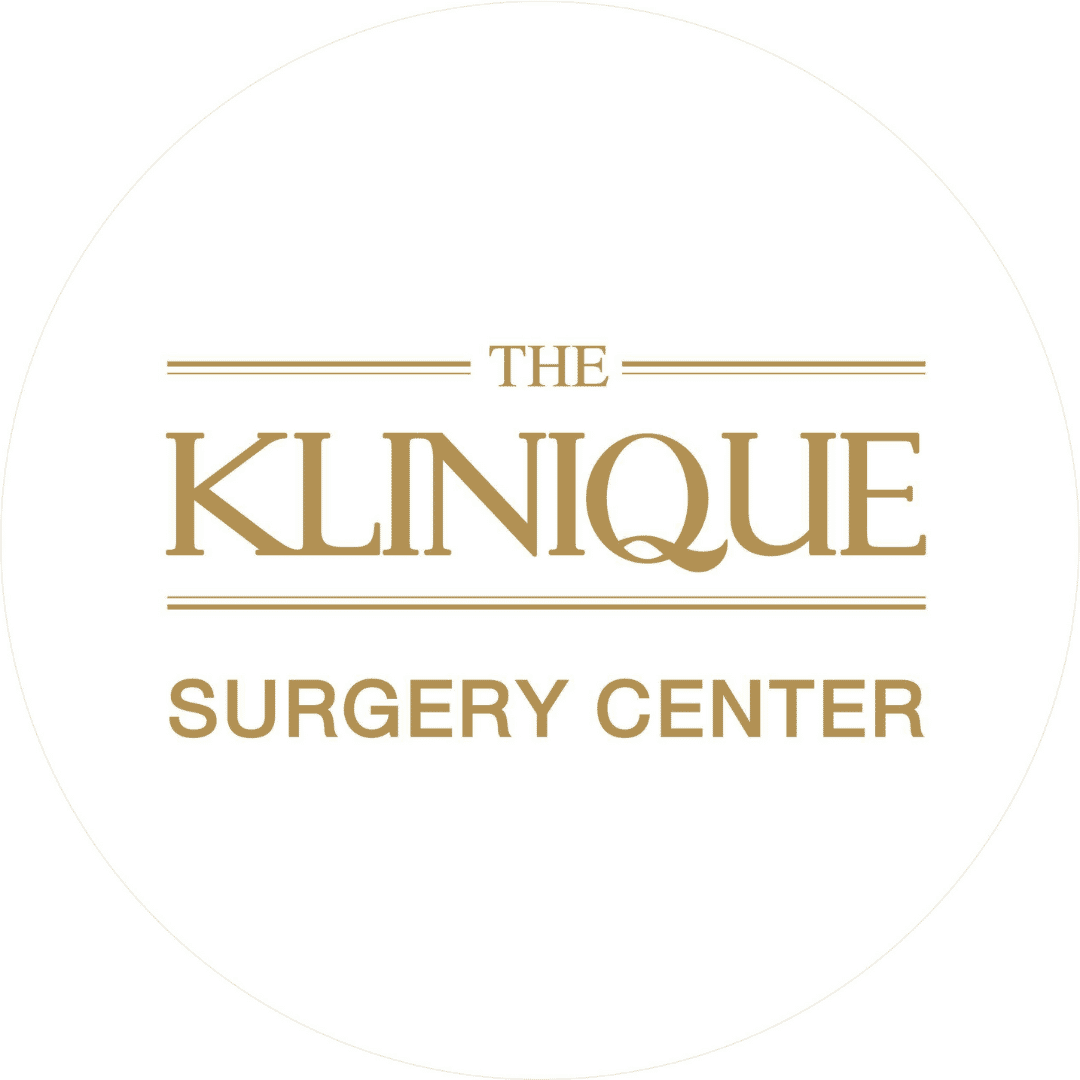
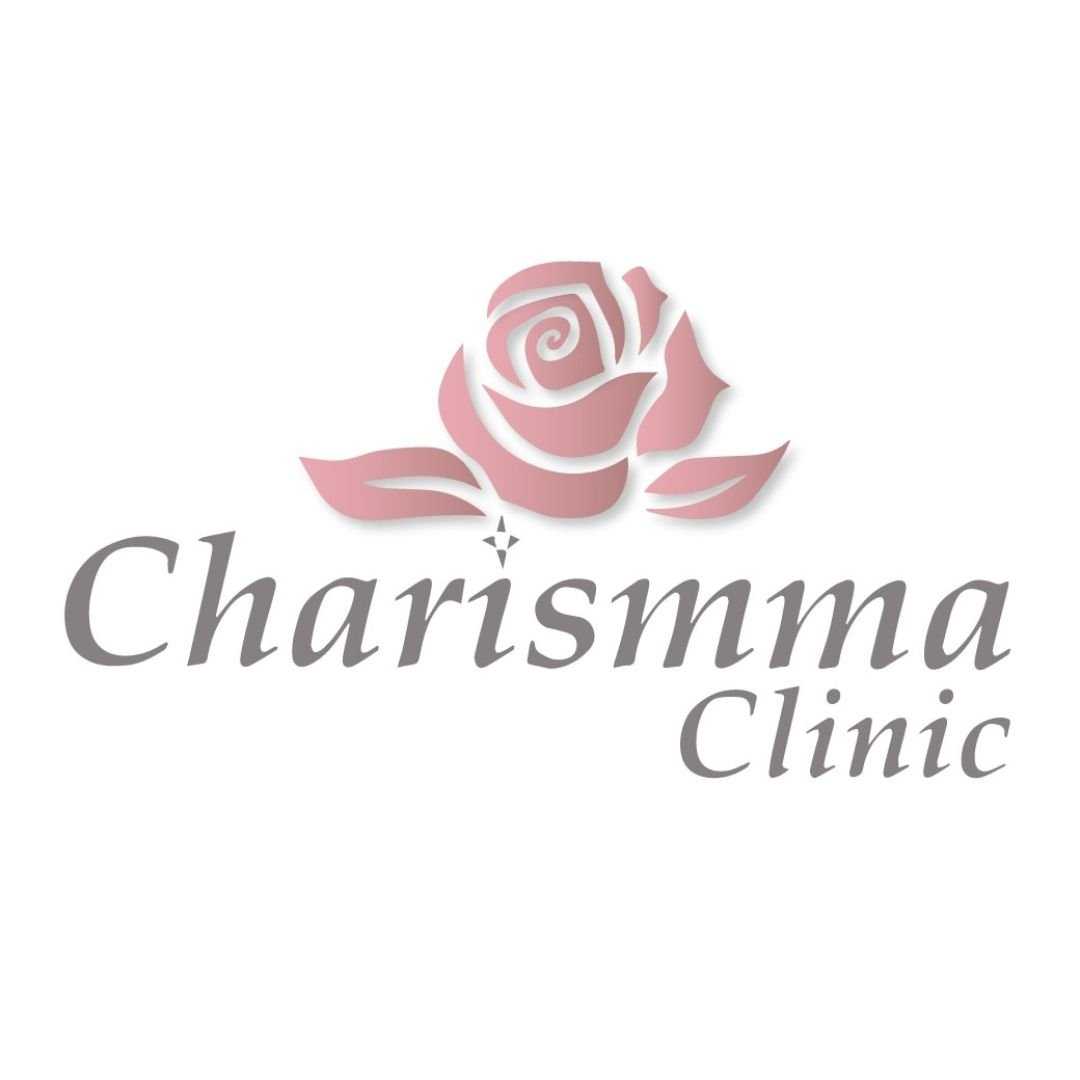
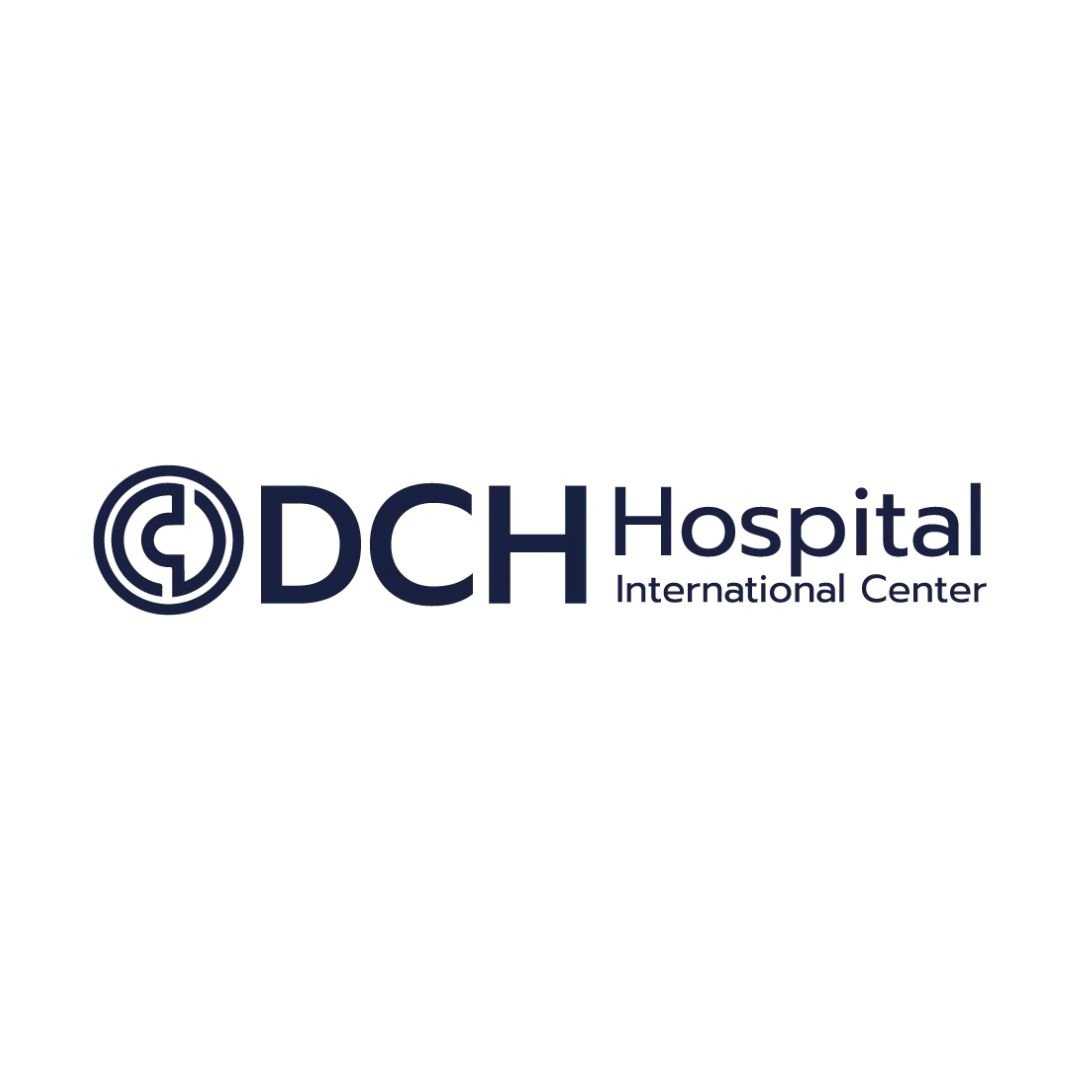

Share this listing